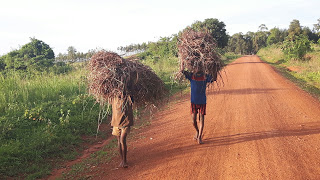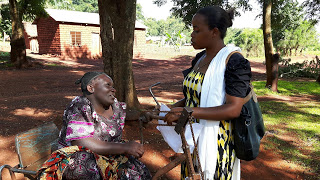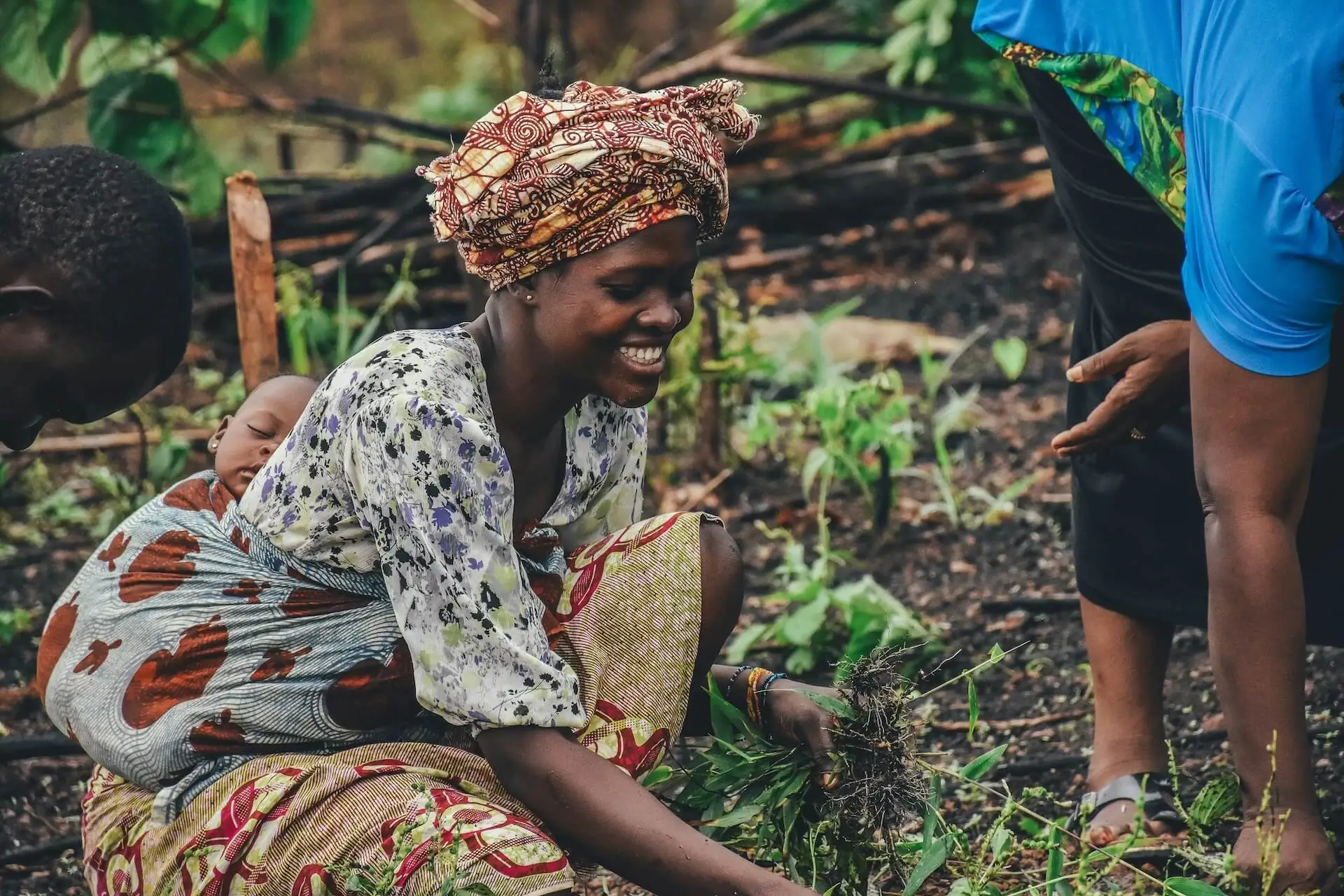 It’s the rainy season in Zeze so everyone is busy in the fields making the most of the precious water to try and grow enough to sustain their families over the dry season. The unpredictability of the rainfall and lack of any storage is not without it’s problems. The roads quickly turn to inpassable mud and malaria rates soar.
It’s the rainy season in Zeze so everyone is busy in the fields making the most of the precious water to try and grow enough to sustain their families over the dry season. The unpredictability of the rainfall and lack of any storage is not without it’s problems. The roads quickly turn to inpassable mud and malaria rates soar.There is one minibus per day into town. Otherwise if you need to go to the bank, hospital or council office you have to go by motorbike, which gets harder when it rains..

These 11 year old boys had cut grass for an hour and then carried it for a further hour, to sell it for the equivalent of 10p.
 The womens’ microfinance group is going very well with small loans continuing to transform lives. I spoke to Deniza, getting a loan to expand her tailoring business. Unable to walk, her life was transformed by her bicycle, but others are not so lucky. Amos can only go to school if he crawls or someone carries him..
The womens’ microfinance group is going very well with small loans continuing to transform lives. I spoke to Deniza, getting a loan to expand her tailoring business. Unable to walk, her life was transformed by her bicycle, but others are not so lucky. Amos can only go to school if he crawls or someone carries him..
The secondary school laboratories now have roofs, but still no doors or windows. I brought some simple science equipment such as springs and pH paper and so they excitedly did their first practical experiment – testing the pH of a local drink. Even the headteacher, a science graduate had never had access to indicator paper before.
If you look for Zeze on Google maps you will just see a huge empty space where there are hundreds of villages. So, using Epicollect+, a free app designed at Imperial College, London originally for mapping diseases, and donated tablets and phones we’ve been adding places of interest in Zeze and beyond to an online map here. The idea is then to add it to Google maps and OpenStreetMap..
Thank you to everyone who has contributed to our fundraising campaign. We are using the money to purchase equipment for hand drilling and rope pumps, meaning we can dig water sources around the village for drinking and irrigation. If you would like to contribute you can do so here.






